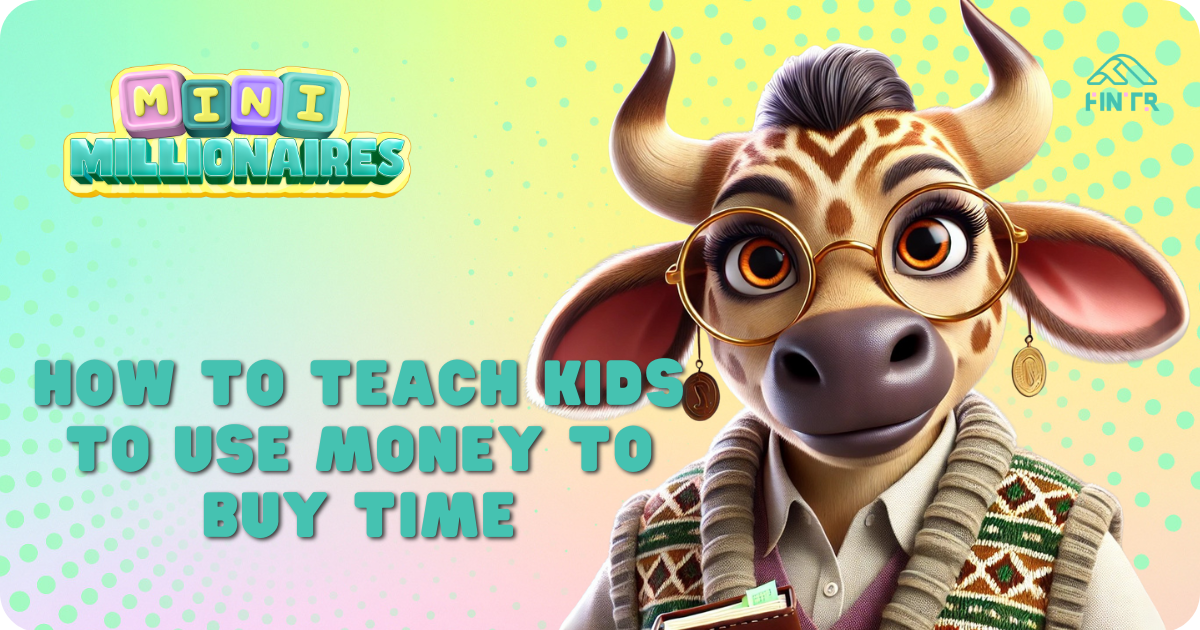

Teach kids that money can buy time, not just things. Learn how small “time buys” create more moments for family, fun, and what matters most
For most kids, their early understanding of money’s job is to buy things.
Toys, snacks, or the latest viral craze. But they rarely learn that money can also buy something far more valuable: time.
So when we spend money to save time, we create space for the things in life that matter most, like family, rest, creativity, or simply slowing down.
And kids can also learn this. Instead of only asking “What can I get?”, they can start asking “What can this free up?”
A Mindset to Cultivate
By reframing money as a tool that buys you time, it helps to see money as so much more than just something to spend on stuff.
For example, buying pre-cut veggies instead of chopping them yourself just bought back 15 minutes of dinner prep, and you can now kick the ball around with your kids.
So use those sorts of reframing mindsets to teach your children how money can actually also be used to free up your time.
And people who spend money on time-saving purchases are generally happier.
A Habit to Form
Instead of just teaching kids that something costs R50, connect it to time.
“That’s about two hours of chores or work.” This frames money in terms of minutes.
Then add the trade-off: “If we buy this, does it save or steal time later?”
Economists call this opportunity cost. And it’s the idea that every choice has a hidden trade-off. When kids habitually time-tag purchases, they learn to weigh both money and minutes in every decision.
A Tip to Try
Outsource a chore once (like car washing or lawn mowing), buy pre-cut ingredients for dinner, or use delivery instead of a store run.
Then (and this is key), decide as a family how you’ll spend the time you freed up. Play a game, take a walk, or share a meal.
Plus, (handy little bonus for Mom and Dad), parents who outsource small tasks often find it frees mental space as well.
Get The Free Resource: The Time Buy Wishlist
This week’s free downloadable resource helps kids see exactly how we can use money to buy moments, not just things.
Your mini millionaires can write down an activity they love doing with you, with an estimate of how long that activity takes.
Parents then choose a small “time buy” like ordering groceries instead of shopping, which frees up enough time to do the activity.
You’ll be amazed to learn what your kids love doing together, and how easy it is to choose ways to buy back your time.
It’s a simple idea, with a big payoff of less rushing, more connecting.
